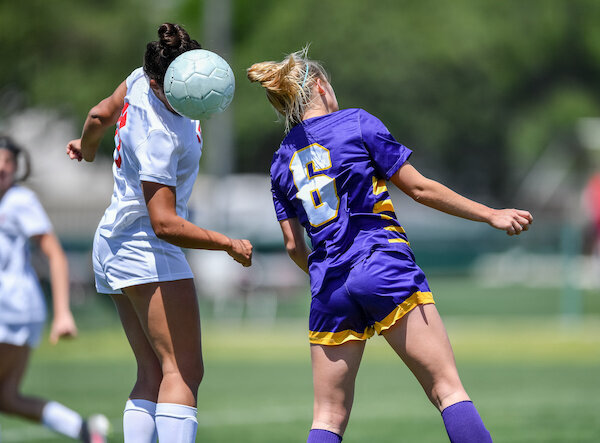In sports these days concussion is taken extremely seriously. Have you ever seen a big hit in the footy and the person gets up groggy and stumbling? Chances are they have some form of concussion.
Now people sometimes recognise concussion as a result of someone being completely knocked out! Which is true to some degree. However, there is a large scale of what is considered to be concussion, so let’s discuss why that is and the return to sport process.
In the US alone there are 3.7 million concussions each year. Of these cases, 10-30% suffered impairment or symptoms for months to years.
Pretty staggering stats!
Firstly, let's identify what concussion is and the forces involved in concussion.
In recent years, concussion has been difficult to define due to the range of symptoms that can occur with traumatic brain injury (TBI). B. Ferry (2019) described this difficulty because they “have varying severity, ranging from mild, transient symptoms to extended periods of altered consciousness, and the fact that most symptoms are self-limited.” Loosely it is deemed a disturbance of brain function due to trauma.
Like I said, very broad and of large scale.
There is also current debate into what actually occurs in concussion. We know that concussion occurs due to a rapid acceleration and deceleration force and not just impact to the head, but some of the ideas proposed of the physiology of what occurs during this event include shearing of axons (brain cells) on one another, coupled with the proposed chemical imbalance that occurs post trauma. We could go down a rabbit hole here, so let’s leave it as food for thought.
Let’s have a look at some common scenarios and compare them to a concussion.
The forces involved in a concussion range between 82G and 116G (~98Gs).
A seatbelt force in a car crash at 50km/h - 60Gs.
The average football impact - 30Gs.
A sneeze - 3G, hence why they say don’t open your eyes when you sneeze.
Reflecting on these figures, you can really appreciate how much force the human body can absorb and deal with. The most common causes of a concussion are motor vehicle accidents (whiplash), and high impact sports e.g. hockey, rugby, footy.
Now let's have a look at the symptoms that CAN occur in a concussion, and remember, people have a myriad of symptoms and each case is variable.
Headache
Dizziness/Balance Problems
Weakness or numbness in arms/legs
Cognitive Disturbance/Slurred Speech
Seizures.
Memory/Concentration Impairment
Visual Disturbances
Fatigue/Drowsiness
Psychological Distress
Nausea/vomiting
Neck Pain (in some)
See how all these symptoms are subjective and each symptom can have a large range of severity. That is why the definition and austerity of concussion is so broad! Nowadays, practitioners on and off the field need to identify this, and a great tool to do so is the ‘SCAT5’ (Sport Concussion Assessment Tool 5th Edition). It is a standardized tool for evaluating concussions. Click here for more information on the SCAT5.

